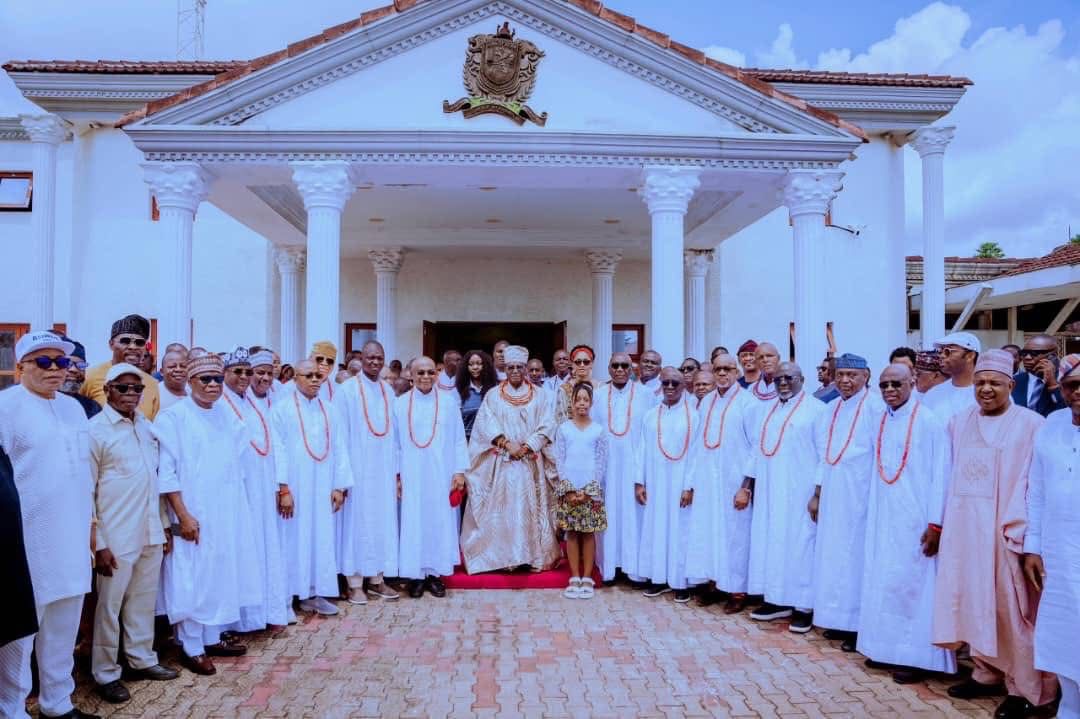Eighteen African cardinals are among the 135 prelates eligible to vote for the next Pope, following the death of Pope Francis.
While the College of Cardinals currently numbers 252 members, only those under the age of 80—135 in total—are eligible to take part in the papal election. Europe holds the largest share with 53 voting cardinals, followed by Asia with 23 and Africa with 18. South America is represented by 17 cardinal electors, North America by 16, while Oceania and Central America have four each.
The African cardinals eligible to vote include Fridolin Besungu (Democratic Republic of Congo), Ignace Dogbo (Ivory Coast), Stephen Brislin (South Africa), Arlindo Furtado (Cape Verde), Antoine Kambanda (Rwanda), and Jean-Pierre Kutwa (Ivory Coast). Others are John Njue (Kenya), Dieudonné Nzapalainga (Central African Republic), Peter Okpaleke (Nigeria), Philippe Ouédraogo (Burkina Faso), Protase Rugambwa (Tanzania), Robert Sarah (Guinea), and Berhaneyesus Souraphiel (Ethiopia). Also among the electors are Désiré Tsarahazana (Madagascar), Peter Turkson (Ghana), Jean-Paul Vesco (Algeria), Cristobal Romero (Morocco), and Stephen Mulla (South Sudan).
Of the 135 voting cardinals, 108 were appointed by Pope Francis. His predecessor, Pope Benedict XVI, appointed 22, while five were named by Pope John Paul II.
To elect the new pope, the cardinal-electors must achieve a two-thirds majority plus one. Voting typically spans multiple days and rounds until the threshold is met.
Among those considered possible successors to Pope Francis are Peter Erdo (Hungary), Matteo Zuppi (Italy), Robert Sarah (Guinea), Luis Tagle (Philippines), Malcolm Ranjith (Sri Lanka), Pietro Parolin (Italy), Pierbattista Pizzaballa (Jerusalem), Fridolin Besungu (DR Congo), Willem Eijk (Netherlands), Anders Arborelius (Sweden), Charles Bo (Myanmar), and Jean-Marc Aveline (France).
Following Pope Francis’ death on Easter Monday, cardinals have been arriving at the Vatican. About 60 of them gathered in the Synod Hall on Tuesday morning for the first general congregation of the College of Cardinals, presided over by the Camerlengo, Cardinal Kevin Farrell. It was at this meeting that the date for the late pontiff’s funeral was confirmed as Saturday.
More cardinals are expected to attend the second general congregation scheduled for Wednesday afternoon. Earlier that same day, the Pope’s body will be transferred ceremonially to the Basilica, where he will lie in state.
At present, the general congregations are focused on funeral preparations. However, these meetings will soon transition into pre-conclave discussions, during which the cardinals will determine when the conclave is to begin. They will also deliberate on broader matters such as the needs of the global Church, the functioning of the Roman Curia, and the Church’s engagement with the wider world.
Each elector is required to take a solemn oath of secrecy concerning all matters related to the papal election. The oath is made collectively and individually, with each cardinal swearing with a hand placed on the Gospels.
During the conclave, all contact with the outside world is strictly forbidden—no messages, newspapers, broadcasts, or digital communication of any kind are permitted.
Typically, the first round of voting is symbolic. Thereafter, cardinals vote twice each morning and afternoon—four rounds per day—until a consensus is reached.
Nine cardinals are chosen for specific roles in the voting process: three to collect the ballots, three to count them, and three more to assist cardinals who may be infirm.
Each elector writes the name of his chosen candidate on a ballot, then approaches the high altar in the Sistine Chapel, beneath Michelangelo’s Last Judgment, and declares: “I call as my witness Christ the Lord, who will be my judge, that my vote is given to the one who before God I think should be elected.”
The ballots are mixed, counted, and verified. If the total does not match the number of electors, all ballots are burned and the vote repeated. If the count is valid, the names are read aloud.
To be validly elected, a candidate must receive two-thirds of the votes. After each session, the ballots are burned. Black smoke from the Sistine Chapel signals an inconclusive result, while white smoke heralds the election of a new pontiff.


